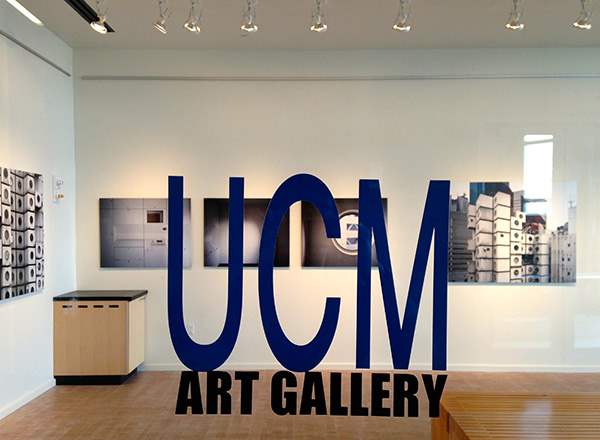For more information on the Global Arts Studies Program at UC Merced please visit the Global Arts Studies Program's website.
Overview
The Global Arts Studies Program (GASP) combines the study of visual arts and music, as well as the interactions of sight and sound in film, television, dance, theater, videogames and other multimedia.
We study these arts in historical and cultural context all around the world, learning about their inner workings as well as their places in society. The GASP major combines scholarly courses with practical hands-on training in ensemble and studio settings, for a rounded education in artistic theory and practice.
The program is global in many senses of the word. We study all fields of creative expression in multiple global contexts with equal rigor, from film screen to dance club, from ritual and touristic practices to museums and concert halls. Our faculty of music scholars and art historians helps students refine the skills they need to critically engage culturally diverse media. Lecture courses, seminars, studio classes and ensembles are designed to explore creative processes and material connections.
Working closely with faculty members, our students conduct original research and acquire nuanced insights in both sonic and visual realms. Students further deepen their understanding of global arts through hands-on training in drawing, painting, sculpture, photography, music and dance in a variety of cultures and media.
GASP offers students ample opportunities to develop their professional skills by participating in community-oriented events — curating exhibitions, managing the UC Merced Art Gallery, and organizing recitals, concerts and multimedia performances.
Program Learning Outcomes
The following Program Learning Outcomes (PLOs) describe the critical skills and knowledge that students in the GASP major, as well as in arts courses, are expected to acquire upon the completion of their undergraduate education.
- Describe visual and aural texts in technical and theoretical terms;
- Analyze cultural, visual, aural and spatial procedures within their historical and conceptual contexts;
- Apply theoretical models from multiple schools of thought in art history/visual studies and musicology/ethnomusicology; and
- Conduct research specific to critical studies of the arts.

UC Merced Art Gallery by GASP Students (www.facebook.com/UCMArtGallery)
Updated 2021




